What is kale and how to grow it properly?
Gardeners love to grow ornamental shrubs in their backyard. So interesting varieties can appear in the garden. collard greens... Many of them are not only interesting in appearance, but can also be used for eating. Breeders have done a lot of work, thanks to which almost all varieties of collard greens have the opportunity to live in any climatic conditions. Before planting, you should learn more about the plant and choose the best option from a variety of species for planting on your territory.
Content:
- Description and the best varieties of collard greens
- How to grow collard greens properly?
- When and how to transplant seedlings into the ground?
- How to properly care for a plant?
- Possible growing problems
- Harvesting and storage methods
- Useful properties and application
Description and the best varieties of collard greens
Collard greens are completely different from ordinary white cabbage. It has a brightly shaped erect foliage, there is no head of cabbage in it. Unlike the standard vegetable, the leafy variety is a 2 year old plant. In the first year of life, the bush grows green mass of the original shape and type. Only in the second year, abundant flowering begins. The climate of Russia does not always allow this species to survive the winter cold. But if the plant survives, it becomes sprawling and memorable.
Collard greens boast a significant variety of species. In most cases, all varieties are distributed in height. The growth of some may not reach 20 cm, while others, on the contrary, stretch up to 2 m.But, in contrast to the high varieties, dwarf ones have a significantly increased winter hardiness, which makes it possible to endure a serious decrease in temperature regime practically without loss.

For planting on your own personal plot, it is recommended to pay attention to the following varieties of green vegetables. They are distinguished by quick acclimatization in any conditions, as well as abundant build-up of leaf plates.
There are the following types of collard greens:
- Keil or Kale - there are two types: red, purple and green. This shrub is an annual plant, boasting leafy plates depicting intricate patterns. It is planted both as a decorative decoration and for consumption. The foliage of the bush can reach up to 1.5 m in height. Favorably withstands temperatures in winter at -13 C.
- Redbor is a hybrid F1 shrub, it is often used only as a decoration, but its internal composition is leading in terms of the amount of protein, carotene and other vitamins it contains. The plant is 2 years old, allowing to harvest a full harvest in the second year of life. The taste qualities of leaf plates are much more tender than all other varieties. To consume it, it is enough to fry it in a small amount of vegetable oil. The shrub can be extended to a height of 60 cm to 1.6 m.The foliage is a palm tree with burgundy saturated leaf plates. Frosts are only beneficial to cabbage, its tops only become softer and richer.
- Tintoretto - leaf plates are presented with a curly appearance. It is fully recommended for consumption, both fresh and frozen. The internal composition of the plant includes micronutrients and vitamins, and also contains antioxidants. It perfectly tolerates cold, withstands up to -16 C. It is actively used in medicine to cure various diseases.
- Tuscany - the bushes are short, but very spreading. Greens of considerable size. Its appearance is represented by the appearance of a huge number of bubbles. For use in food, it must first be boiled and then stewed.
- Reflex - the foliage is strongly corrugated, it has a gray-green tint. Cabbage tolerates temperatures up to -180C. Frosts only benefit her. They eliminate the bitter taste and give it tenderness.
- Mosbakhskaya - foliage of a light green hue, reaching a height of 60 cm. Its greenery grows in an interesting dome shape and can reach at least 75-80 cm in width.
A wide variety of varieties has appeared thanks to the tireless work of breeders interested in obtaining an original image of the cabbage.
How to grow collard greens properly?
For planting kale, in most cases, the seeds are planted directly in the open ground. But climatic conditions are not always suitable for planting a plant. So for growing in the western and northern regions of Russia, you must first grow the plant using seedlings.
To prepare the soil, where the collard seeds will be placed, it is necessary to take sod soil and dry crushed peat, 2 parts each, as well as 1 part river sand. Mix all the ingredients thoroughly and place in small containers, the diameter of which will not be less than 8-10 cm. Each container contains 2 seeds. The placement of planting material should not be too deep. The best option would be to arrange seeds at a level of 1 cm from the soil surface.
After planting, the containers are covered with a plastic bag or glass.
This is necessary to create greenhouse conditions and the fastest germination of shoots. If you follow all the recommendations, as well as adhere to the optimal temperature regime of +20 .. + 22 C, sufficient light illumination, the sprouts will appear after 7 days. After the sprouting of the first leaves, the cabbage must be illuminated under phytolamps and reduce the air temperature to +12 .. + 16 C.
Young shrubs do not require intensive care. They require periodic watering and the introduction of nutrients. Initially, feeding is carried out when the second true leaf appears. To do this, take 20 grams. nitroammophoska and dilute it in a bucket of water (10 l.). The second time it is necessary to introduce top dressing 2 weeks before the planned moment of planting the plant in open ground.
When and how to transplant seedlings into the ground?
Transplant time is developmentally regulated cabbage... If the seedling already has 5-6 true leaves, then the procedure can be carried out. This moment comes when the plant will be 45-55 days from the moment the first shoots appear.
The procedure for planting prepared seedlings occurs in 2 ways:
- Dotted - when a separate recess is dug for each individual seedling. All landings can be chaotic. The main thing is to place a clod of earth in a hole 2 times more space in which the seedling previously sat.
- Adhering to the scheme - 60x60 cm or 70x70 cm. Such a takeoff depends on the height of the variety planted in open ground. Planting seedlings should be done in such a way that the stem goes 2-3 cm deep.This is due to the fact that additional roots will be formed in this area, which will make it possible to keep the seedling stronger in the soil substrate.
After planting, the seedlings are watered abundantly during the first week. Such care is required so that the root system grows faster and takes root better. It is recommended when planting seedlings, do not shake off the soil from the rhizomes, but transplant it in a transshipment way.
How to properly care for a plant?
In order for the plant to acquire a bright color and grow well, it is necessary to carry out certain care. After planting the prepared seedlings in open ground, the following steps should be taken:
- Water well - cabbage favors watering, but excessive application of nutrient moisture negatively affects the general appearance of the plant. The shrub begins to rot or is affected by fungal diseases. Watering is required only at the moment when the ground under the plants has dried out.
- It is required to conduct hilling shrubs. This procedure must be carried out several times during the entire vegetative period.
- Loosening and removal of weeds - it is worth holding the event periodically so that the plant develops qualitatively and is not crushed by weeds. Loosening should be done after watering, until the soil is soft enough to form a dried crust. But all the manipulations should be done carefully enough. This is required in order not to damage root system plants.
- To protect the beds from parasites and pests - it is necessary to monitor the cleanliness on the surface of the earth and not to overmoisten the plant.
Many inexperienced gardeners and gardeners grow cabbage for only one year, forgetting that many specimens are 2 years old. To preserve the plant for the next year, it is necessary to leave a piece of cabbage above the ground in the amount of 10-15 cm. After removing all the foliage. This remnant is covered with hay, fallen leaves or sawdust for the winter. When warm days return, the first tender leaves will appear on this cob.
Possible growing problems
There are many problems when growing a leaf plate. Diseases and pests are one of these misfortunes. The most common plant diseases are distinguished:
- Keela is a dangerous fungal disease. Signs of development are growth retardation, wilting of leaves, yellowing, when digging out of the ground - growths on the rhizomes. It is impossible to restore damaged shrubs to life. To eliminate it, you should monitor the acidity of the soil. If the pH is elevated, then liming of the soil substrate is carried out in autumn or spring.
- Black leg - affects seedlings during growth. The disease manifests itself at the time of seedling development, provoked by significant waterlogging. There is no way to save the plant. To prevent it, it is necessary to monitor the frequency of the introduced moisture.
- Yellowness - signs of the development of the disease are yellowing of the foliage, its softness and loss of elasticity. When a disease is detected, the plant is immediately removed from the garden and burned. In the absence of exposure, the entire area will be contaminated with the disease.
- White rot is a fungal disease that is located on the lower leaf plates and stem. The underside of the leaves becomes watery, white growths appear on it. The disease develops in rainy weather and high humidity. The methods of struggle are late planting of seedlings in open ground, as well as the rules for watering the bush.
In addition, harmful insects can infect cabbage. Among lovers to feast on delicate juice, plants prevail aphid, butterflies, snails and slugs, and the cabbage fly. To combat harmful parasites who like to feast on delicate leaves of cabbage, it is required to spray tobacco dust on the shrub or wood ash... Irrigation from pests should be carried out only after rain.
In addition, in order not to attract parasitic individuals to the cabbage, it is necessary to remove all weeds from the garden or garden plot. If the probability of an invasion is high, then the cabbage is covered with a net, but this deteriorates all its species qualities. If pests do appear on the shrub, it needs to be irrigated. chemical insecticides... Aktellik, Intavir, Fitoverm are perfect for wrestling.
Harvesting and storage methods
Cabbage leaves are picked fresh and used for making salads, fresh smoothies or for grinding into fortified cocktails. If the foliage has been overexposed, it has become tough, then you should not be upset. Greens can be boiled, stewed, or fried. Leaves can be cut during the entire growing season of the summer months. In autumn days, the entire outlet goes under the cut.
Fresh storage lasts for 2-3 days, a longer period is not possible due to the fact that the foliage becomes lethargic and loses its taste.
If, immediately after cutting, the plant is placed on the lower shelf in the refrigerator, specially designed for storing vegetables and fruits, then in this form the foliage will last up to 6 days.
If long-term storage is necessary, then deciduous plates are frozen. They are pre-rinsed under running cool water, and then either completely placed in storage bags or containers, or crushed. When cutting greens, the stem and veins are removed, thrown away.
The duration of keeping kale frozen in the freezer can be up to several months. If necessary, only the required amount of foliage is obtained. The rest is not frozen.
Useful properties and application
Collard greens are a storehouse of beneficial trace elements and nutrients. So it contains polysaccharides, carotene, vitamins (C and B), organic acid, sulfur, enzymes, phosphorus and potassium salts, manganese and iron.
Using cabbage for food, the following positive processes in the body are highlighted:
- The possibility of obesity is reduced.
- The risk of developing diabetes is reduced.
- The prerequisites for heart muscle disease are neutralized.
- The body's energy reserves increase.
- The appearance of hair and skin improves.
Features of the use of cabbage:
- Collard greens are beneficial for bone health. 1 tbsp. boiled cabbage provides the input of the necessary vitamin K into the human body. Such exposure leads to a decrease in the risk of bone injury.
- If a patient has diabetes mellitus, then doctors recommend him to use collard greens in the daily diet. This is required due to the fact that the product contains a large amount of green fiber, which leads to a decrease in blood sugar levels.
- In addition, the increased fiber content in cabbage and the large presence of fluid leads to the elimination of constipation, the establishment of digestive processes and the restoration of acidity in the stomach.
- The plant has a beneficial effect on the skin and hair thanks to the vitamin A contained inside the plant. The component stimulates the production of a sufficient volume of sebum in the human body, which helps to maintain the moisture content of the hair.
Thus, collard greens are not only an original plant for decorating a garden plot, but also a nutrient that is used not only as an ingredient for cooking, but also for medicinal purposes.
For growing at home and in harsh climatic zones, it is required to initially plant seeds for seedlings and only after the appearance of the required volume of leaves, place them in an open area. The collection of leaves is carried out in the early hours, it is during this period that the foliage is most saturated with moisture.
More information can be found in the video:



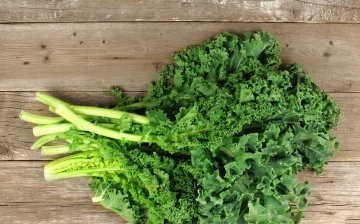

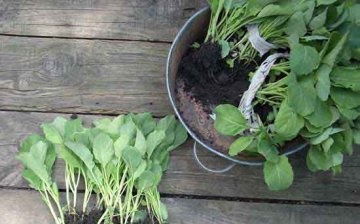

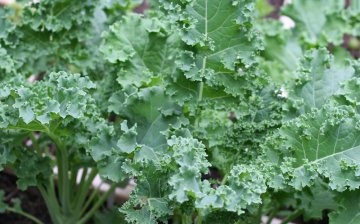
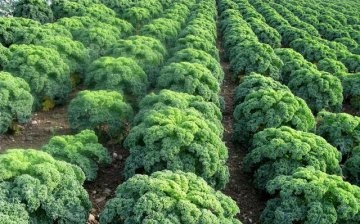
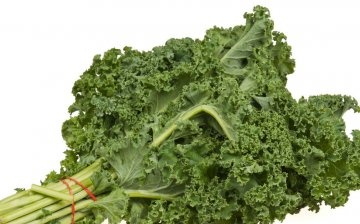
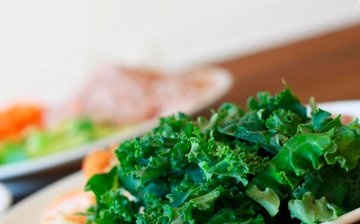









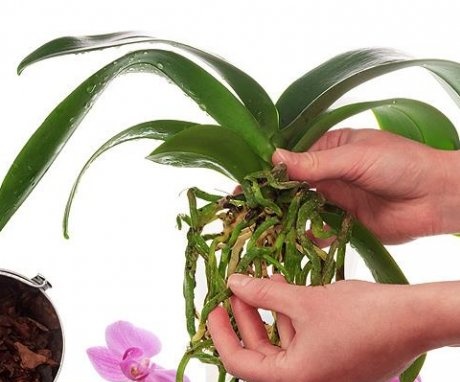
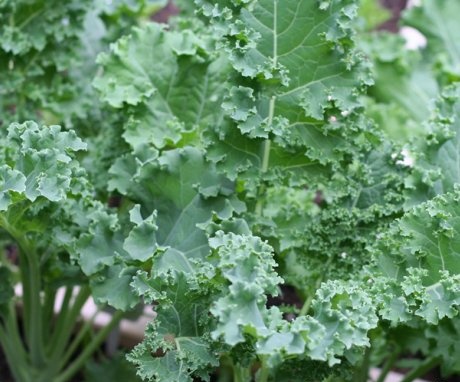
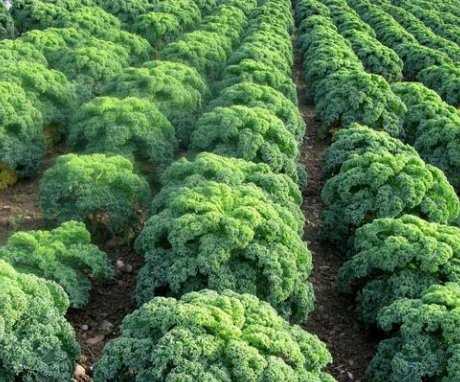
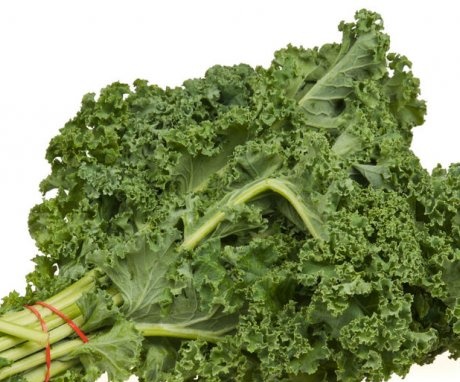
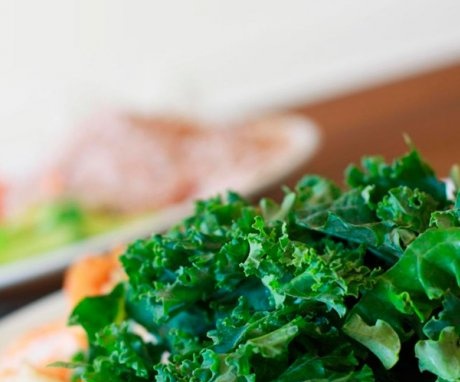
The thing is. that this year I planted such cabbage for the first time on seedlings. Although ... something always happens with you for the first time! Added a page to favorites. I will report the results in the fall!
Dear Olga Mironovna Sveridova! Be sure to plant such a cabbage this year. There are seeds in stores! And that's great. In the fall, we will share our impressions of this vegetable.
I grow collard greens in small quantities (experimenting more), this year I chose the Japanese Mizuna (red). The usefulness and ease of growing - of course, I also liked the opportunity to sow it almost the entire season from May to August (it is early ripening, ready in 1.5 months). I will also note the good taste - somewhat reminiscent of arugula, only more tender and without bitterness.